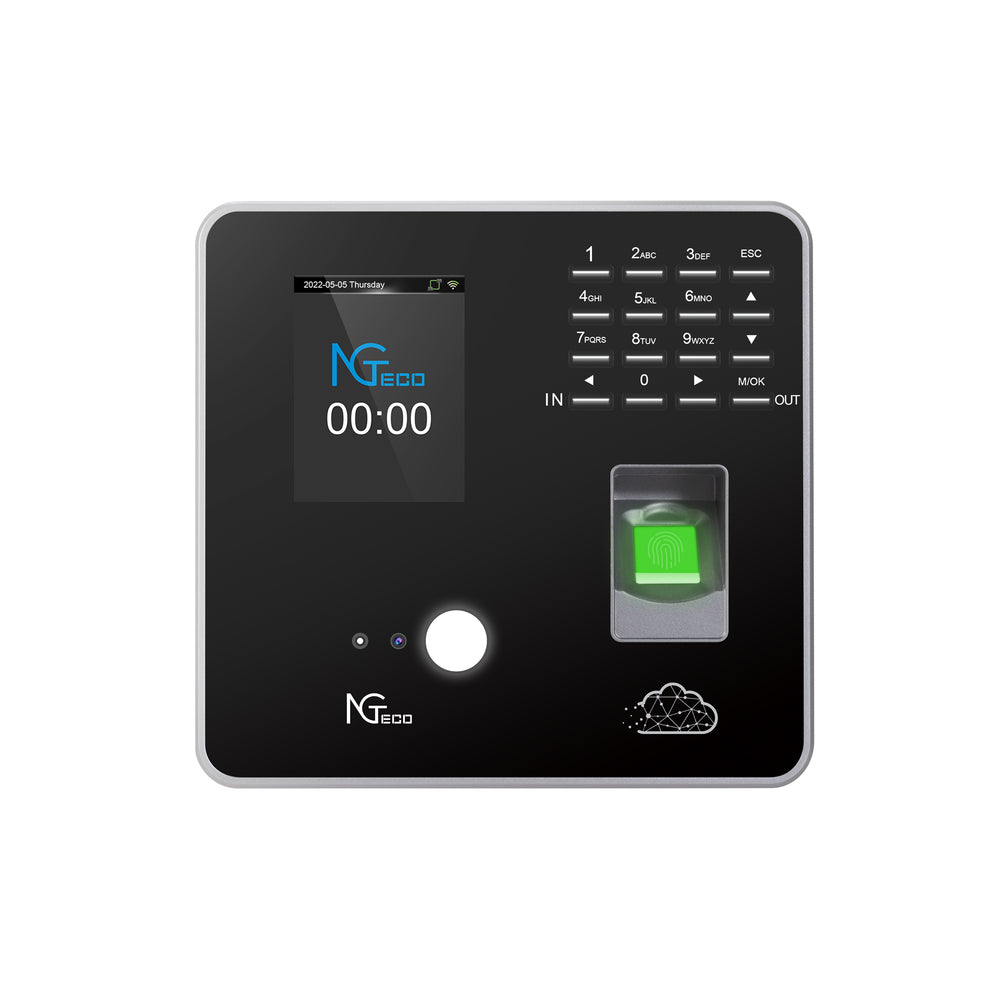Unlock the Secret to Hassle-Free Time Tracking with Fingerprint Technology!
In today's fast-paced work environment, effective time tracking is more crucial than ever. Traditional time clock methods, such as punch cards or manual logging, often lead to inaccuracies and time theft, creating challenges for both employers and employees. Enter fingerprint time clock technology—a revolutionary solution that addresses these issues head-on. Utilizing biometric data, these systems provide a secure and reliable way to track employee hours. With benefits ranging from enhanced accuracy to improved employee accountability, it's no wonder that more businesses are considering this innovative approach to time management.

Understanding Fingerprint Time Clock Systems
Fingerprint time clock systems are advanced devices that utilize biometric technology to verify employee identities through their unique fingerprint patterns. These systems operate by scanning and storing an employee's fingerprint data, which is then compared each time they clock in or out. The technology behind fingerprint scanning relies on optical or capacitive sensors that capture the intricate details of a fingerprint. To ensure data security, these systems often incorporate encryption and secure storage protocols, minimizing the risk of unauthorized access. As a result, employers can rest easy knowing that their time tracking is both accurate and secure.
Advantages of Using Fingerprint Time Clocks
One of the most significant advantages of fingerprint time clocks is their ability to improve accuracy in time tracking. Unlike traditional methods, which can be prone to human error or manipulation, fingerprint systems ensure that employees can only clock in for themselves. This feature drastically reduces time theft, a common issue where employees may buddy-punch or otherwise manipulate their recorded hours. Additionally, these systems streamline payroll processes by automatically logging hours worked, which can significantly reduce administrative burdens. With increased accountability, employees are more likely to adhere to their scheduled hours, fostering a more productive work environment.
Factors to Consider When Choosing a Fingerprint Time Clock System
Before purchasing a fingerprint time clock system, it's essential to consider several factors. First, assess how easily the system can integrate with your existing payroll and HR software. A seamless integration will save time and reduce errors during data transfer. Next, consider the scalability of the system; as your business grows, you want a solution that can adapt to an increasing number of employees. User-friendliness is also crucial—ensure that the system is simple for both management and employees to navigate. Lastly, look into the customer support options provided by the vendor; having accessible support can be invaluable in addressing any technical issues that may arise.
Exploring Options for Fingerprint Time Clock Systems
The market offers a diverse range of fingerprint time clock systems, each designed to meet different business needs. Some systems come with advanced features like mobile access, allowing employees to clock in remotely, while others may include reporting tools that provide insights into attendance patterns. It's important to explore these options and determine which features align with your company's specific requirements. For instance, a small business may prioritize affordability and ease of use, while a larger organization might look for advanced analytics and integration capabilities. The right system can greatly enhance your time management processes.
Implementing Fingerprint Time Clock Technology in Your Workplace
Successfully implementing fingerprint time clock systems in your workplace requires careful planning and execution. Start by providing comprehensive training for employees to ensure they understand how to use the system properly. It's essential to communicate the importance of data privacy and security, reassuring employees that their biometric information will be protected. Regular maintenance is also crucial to keep the system functioning smoothly; establish a routine check-up schedule to address any potential issues before they escalate. By following these best practices, businesses can maximize the benefits of fingerprint time clock technology while minimizing disruptions during the transition.
Enhancing Time Management with Fingerprint Technology
In summary, fingerprint time clock technology offers a modern solution to common time-tracking challenges faced by employers and employees alike. With improved accuracy, reduced time theft, and streamlined payroll processes, these systems can significantly enhance workplace productivity. As businesses consider their specific needs, exploring the variety of options available can lead to informed decisions that will elevate their time management practices. Embracing this technology is not just an investment in better tracking; it's a step toward a more efficient and accountable workforce.






Comments